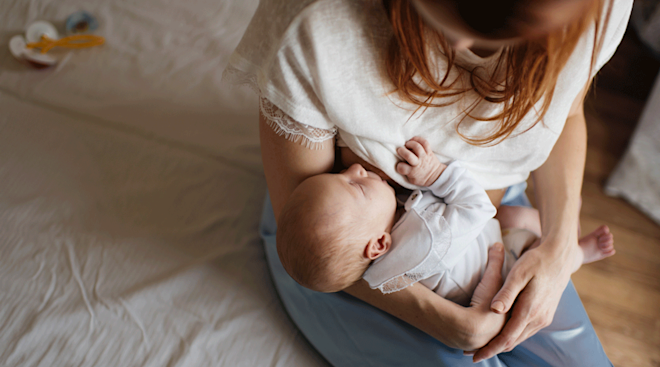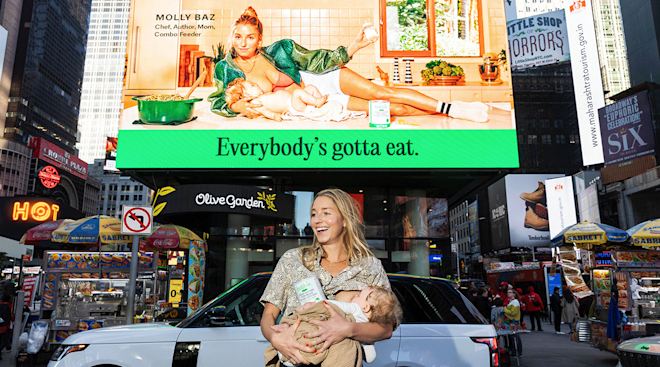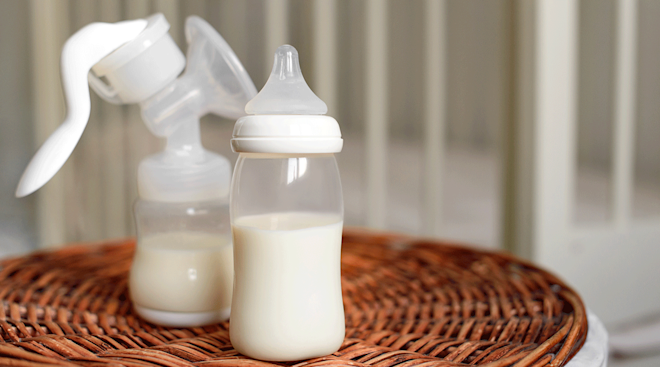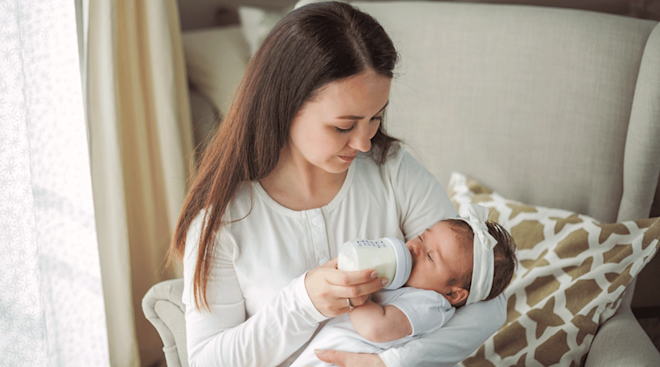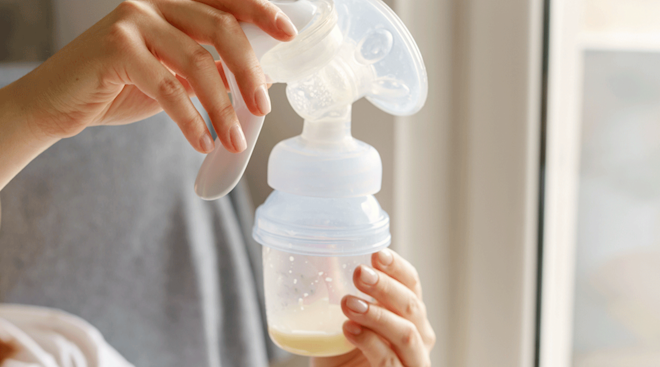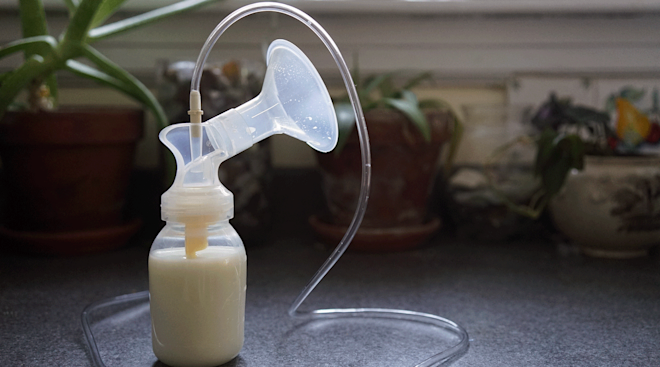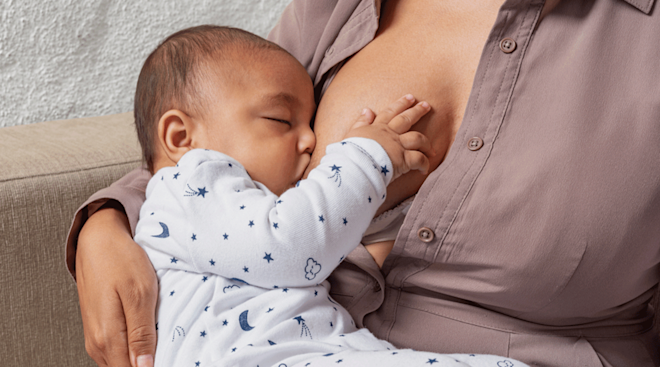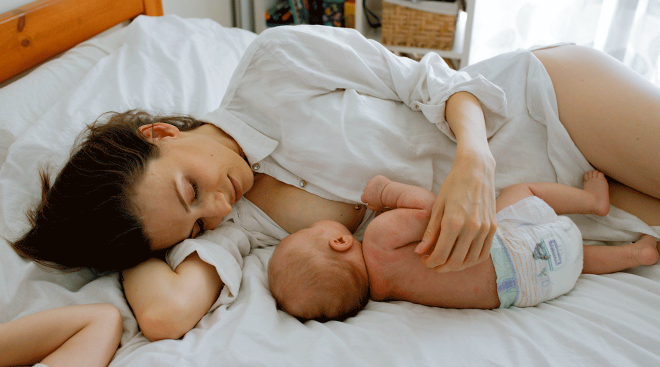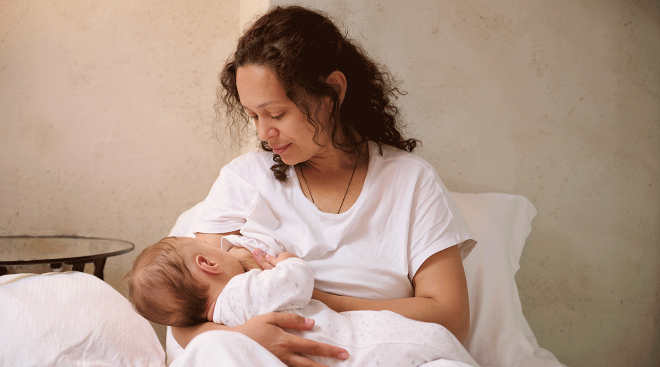Lack of Breastfeeding Support Costs $340 Billion Annually
We know all about the benefits breastfeeding offers for moms and their children, but the truth is—breastfeeding rates are pretty lackluster. The Centers for Disease Control and Prevention (CDC) has found that although American moms start out strong, the rates dip drastically as the months pass. But mothers in the United States are far from alone. Not a single country follows all the breastfeeding recommendations set forth by the World Health Organization (WHO) and the United Nations International Children’s Fund (UNICEF), according to a 2017 report.
Based on their guidelines, breastfeeding should begin within one hour of birth, continued exclusively for six months and continued with complementary foods for at least two years. These guidelines include a wide range of practices like length of time breastfeeding, maternity protection in the workplace, counseling and training programs and improved funding for pro-breastfeeding programs. Their recommendations are pretty on par with the American Academy of Pediatrics’ recommendations, apart from the last point; the AAP says that it’s fine if breastfeeding is discontinued when baby turns one. And while there are many reasons a mother may not breastfeed her child (the decision is ultimately hers to make!), lack of support is often a driving cause.
Forbes recently took a look at a new report, which goes one step further to investigate the human and economic cost not breastfeeding has on the world as a whole. Researchers say upwards of thousands of lives could be saved if the world population tried to stick to the recommendations. Specifically, there would be about 98,000 fewer deaths of women due to breast and ovarian cancers and type 2 diabetes; about 595,000 fewer children would die due to diarrhea or pneumonia; and there would be about 975,000 fewer annual cases of childhood obesity.
That’s not all. Researchers also say inadequate breastfeeding rates cost $340 billion in avoidable health care costs worldwide every year. The specific findings and methodology can be found in the July 2019 journal article.
Which is why UNICEF is stressing how breastfeeding is an important investment for everyone. “Breastfeeding is not just a one woman job. It requires encouragement and support from skilled counselors, family members, health care providers, employers, policymakers and others,” it states on its website. To help make the change, the agency continues to work with WHO for the Global Breastfeeding Collective, a partnership of 20 international agencies with the goal of increasing investment in breastfeeding worldwide. This means getting mothers and babies around the world the support they need to breastfeed whenever and wherever they choose.
Although guidelines from UNICEF, WHO, AAP and others make it seem like a piece of cake, whether to breastfeed and how long to breastfeed for isn’t as clear cut of a decision for most parents. There are a lot of factors that weigh in to the choice, and every parent has to do what is best for them and baby. But a mother should never be forced not to breastfeed because of the lack of support or resources available to her.
Please note: The Bump and the materials and information it contains are not intended to, and do not constitute, medical or other health advice or diagnosis and should not be used as such. You should always consult with a qualified physician or health professional about your specific circumstances.
Navigate forward to interact with the calendar and select a date. Press the question mark key to get the keyboard shortcuts for changing dates.


































